From The Discovery of Piranesi's Final Project:
5 August 2023 Saturday
gratuitous hypothetical:
Bianconi was the first to write Piranesi's eulogy. Was I the first to (sort of, in English anyway) write Francesco's?
2023.08.05

2020.08.05 14:44
2020.08.05

2020.08.05 14:45
2020.08.05

Mary Boone's 180 hours of community service hours 148 149 150 151
2020.08.05
Art History
When dealing with history, creativity often involves (or even starts with) making the non-obvious choices.
2013.08.05
2013.08.05 21:12
Art History
I like art history because I like learning new things. If anything, art history is an ongoing lesson in exactly creativity, a way to sharpen the cutting edge, even.
2013.08.05
Quondam's Fifteenth Anniversary
Thanks you two.
A lot has changed in fifteen years, and that's more or less the point of this thread. Yesterday, while starting to go through all my notes and letters to compile a "dossier Museum collecting" I came across the first time there was mention of a 'homepage' and then I noticed the date was exactly 15 years ago. I wouldn't have posted anything here were it not for the calendrical coincidence. At this time back then I didn't even have a computer with a browser--I was waiting on delivery of a new computer--so I wasn't even really sure what 'homepages' looked like (except for image examples in PC Computer magazine (or whatever it was called). Anyway, Quondam's (the name also didn't exist yet till sometime September/October 1996) official online anniversary is 21 November 1996, when the first person other than myself visited the website.
It's kind of ironic that all the 'research' I was doing back then to create a website was done without even using the web--I bought a book on 'homepages' and html and was busy reading computer magazines.
I'm gonna try to keep up the postings here as the calendrical coincidences occur.
Oh, and what do you suppose the difference is between Culture and Random Tangents? Could it possibly be that one is actually inferior to the other? Now that I think about it though, culture today is nothing but random tangents.
2011.08.05
Koolhaas & Eisenman Discuss “Urgency” at the CCA
Is the middle class really shrinking, or is it just becoming more colorful?
Unethical and thoughtless buildings sound like a lot more fun to me.
Steve, are you happy?
Yeah, I'm imperfectly happy.
Read this while the movie theater was getting packed last night:
"Individual will and actions count for nothing against Nature's insistence on reusing molecules as quickly as possible, for all that counts is the continuation of life and not how it is lived. Moreover, Nature's perpetual re-creations assume destruction since new forms cannot emerge until more matter becomes available. Far from underwriting conventional morality, Nature is supremely indifferent to anything which does not directly contribute to the renewal of the material universe. Murder, war, and violent death in all its forms serve Nature's ends since they accelerate the release of reusable matter. Mercy, charity, and anything that qualifies as 'goodness' are unnatural since helping the weak to survive beyond their time merely slows the process."
You know, if that's true, then the truth really does hurt.
2007.08.05
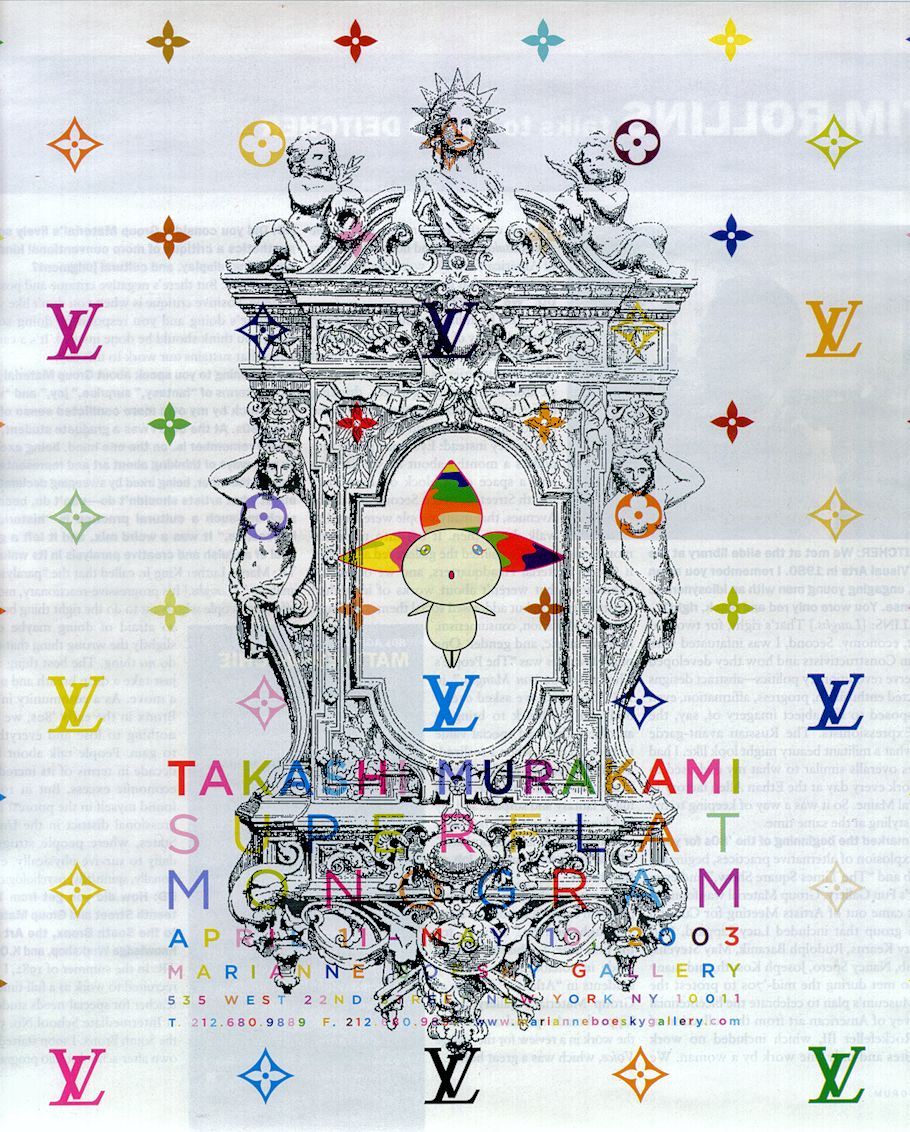
The Advertising of Art 011
2006.08.05

The Advertising of Art 019
2006.08.05
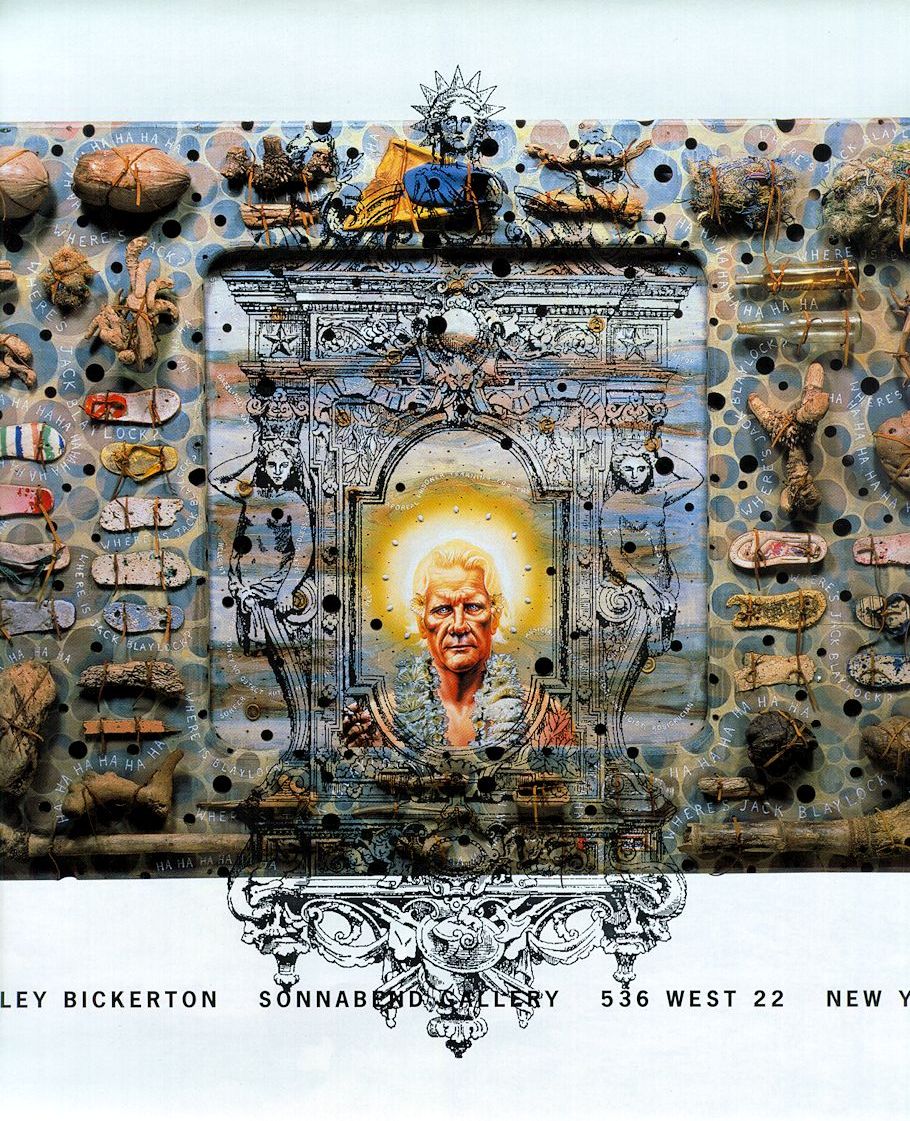
The Advertising of Art 022
2006.08.05
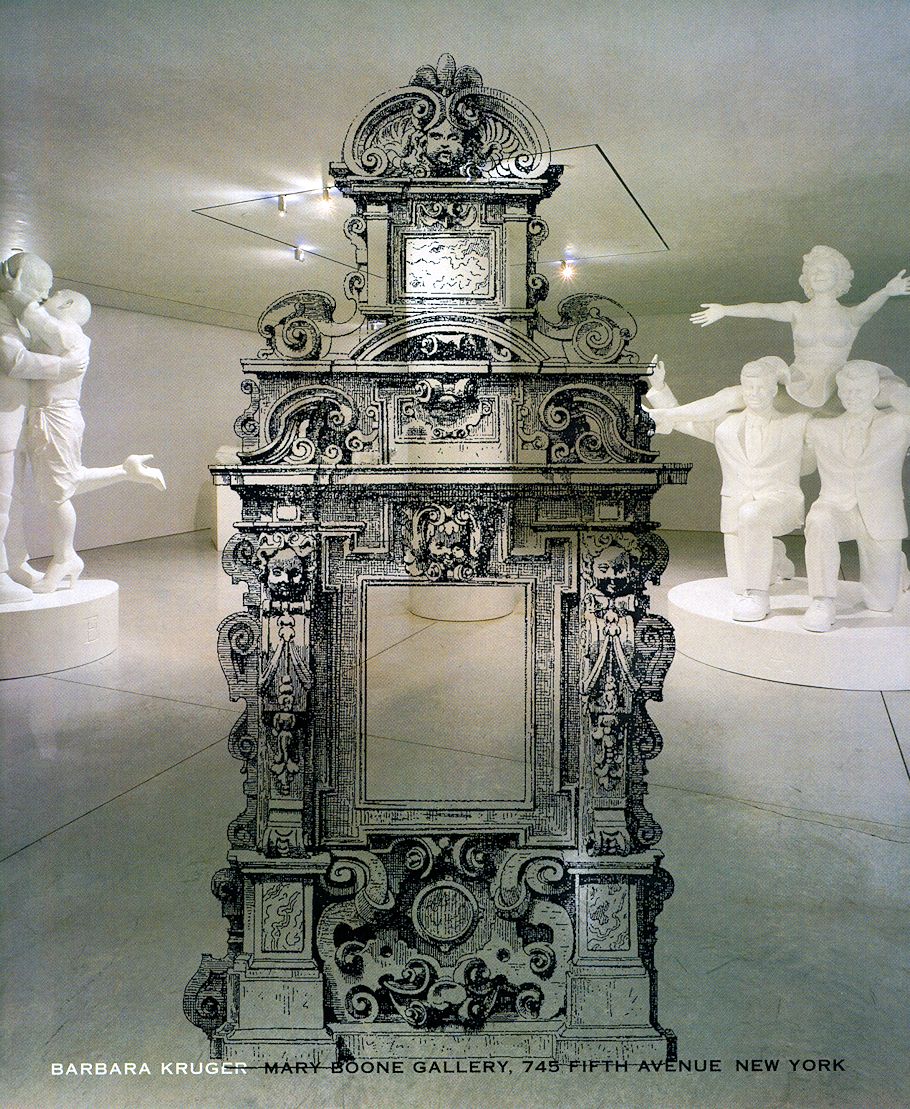
The Advertising of Art 027
2006.08.05
Brideshead Revisited
[Among other things,] I'm currently reading The Building of Castle Howard by Charles Saumarez Smith (1990). So far I've read chapter 2, "The Architect." The fact that Vanbrugh was more a playwright and only an amateur architect recently came to my attention, and now I'm very much intrigued by the man. Even before the televised Brideshead Revisited, Castle Howard (designed beginning 1699) was among my favorite architectural designs--I used to read Fletcher's The History of Architecture on the Comparative Method during study hall when a freshman in high school (1970-71).
I'm now wondering whether the above image of Castle Howard from Vitruvius Britannicus (published 1715-1725) somehow inspired the architecture of Piranesi as delineated within the Campo Marzio (1762). Remember the Ichnographia of the Campo Marzio (1757-62) is dedicated to Robert Adam. Did Adam show Piranesi Vitruvius Britannicus while he (Adam) was friends with Piranesi in Rome in the 1750s? In any case, the perspectival vantage point and indeed the architecture depicted within the perspectives of the Campo Marzio very much evoke the Castle Howard aerial perspective, for example the Frontispiece of the Campo Marzio:
Anyway, here are my favorite passages from The Building of Castle Howard so far:
What is ingenious about Vanbrugh's ground plan at Castle Howard was the way that it contrived to create the maximum visual effects of architectural scale and magnificence out of the minimum number of rooms. Both externally and internally it looked and felt like a much larger house than it actually was, if calculated in floor space. --page 55.
Every visitor to the house must have experienced disillusionment at the conflict between the excessive grandiosity of the exterior and the disappointing smallness of the rooms inside. The exterior establishes expectations which are not fulfilled indoors. Although both the elevations and the ground plan are, by themselves, magnificently conceived, there is a curious lack of relationship between the two, a feeling of physical incongruity and architectural disjunction. There is only one set of quite small rooms behind much of the great length of the south facade. There is no organic relationship between the layout of the interior and the architectural forms outside. Too much is gratuitous. As Sir John Clerk of Penicuik, a Scottish landowner who had travelled extensively on the continent and was himself an amateur architect, commented on the occasion of a visit on his way to London in 1727, 'there is not one good apartment in the whole house, at least not one which is in any way suitable to the grandure and expense of the outside.' --pages 57-8.
These passages got me wondering whether Waugh's Brideshead Revisited is meant to evoke the same feelings about the Marchmain family--deceptively grand on the outside, but actually small on the inside.
Did you know?
Vanbrugh in a letter to the Duchess of Marlborough [in 1716 wrote]: The word Corridore Madam is foreign, and signifys in plain English, no more than a Passage, it is now however generally us'd as an English Word. --page 54.
2005.08.05
Will Your Work Be Remembered?
Since memory is really a mental reenactment, perhaps the better question is, "Will your work will be reenacted?"
Be careful though, because reenactment without giving credit to the source is plagiarism.
A bit of my work was 'remembered' by David R. Marshall in "Piranesi, Juvarra, and the Triumphal Bridge Tradition" (in The Art Bulletin, June 2003) when in footnote 155 Marshall states, "...but the Area Martis through to the Nympheum Neronis, including the Templum Martis is a hieroglyph of St. Peter's, to which it corresponds topographically." Marshall does not name the 1999 source of this information, however.
Furthermore, Marshall's note is misinformation in that the Porticus Neroniani and not the Nympheum Neronis forms part of the 'hieroglyph'. (Note also how 'pagan - christian - triumphal way' follows immediately after the 'hieroglyph' within "Inside the Density of G.B. Piranesi's Ichnographia Campus Martius.")
Yes, a bit of my work has been reenacted, and I'll now make sure that it is remembered that David R. Marshall did the "reenacting."
2005.08.05
Brideshead Revisited
Virtual traveling is likely the closest I'll ever come to Castle Howard from now on.
As to the Mausoleum by Hawksmoor, here's what Smith writes beginning the "Acknowledgments": "I first became interested in the history of Castle Howard when, as an undergraduate, I wrote a dissertation on eighteenth-century mausolea: the mausoleum at Castle Howard was much the most significant, as well as the best documented." The final chapter of The Building of Castle Howard is entitle "The Mausoleum".
Returning to the notion of Vanbrugh as (Restoration/Baroque) playwright, and the way that Vanbrugh's personality is described by contemporaries, I was reminded of the main character of Greenaway's The Draughtsman's Contract.

I haven't read any of Vanbrugh's plays yet, but I might start with The Country House.
I forgot to mention this before--the Castle Howard-Ichnographia Campus Martius connection may also be found in some of Piranesi's individual plans within the large plan. For example, the Porticus Gratiani, Valentiniani et Theodosii somehow reminds me of the plan of Castle Howard (sorry there's no image to offer now)--the plans are not what you would call 'alike', but they both strive for maximum effect through minimum means.
Just for fun, did you know that when an image of Boullée is shown in Greenaway's The Belly of an Architect, the image shown is actually that of Piranesi?!
2005.08.05
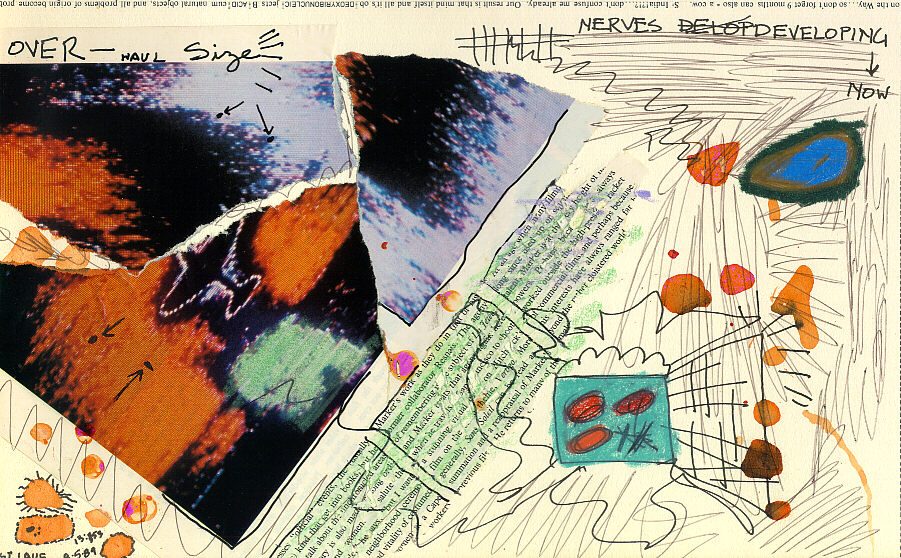
detail of
2 = odd, Dick
1984.08.05
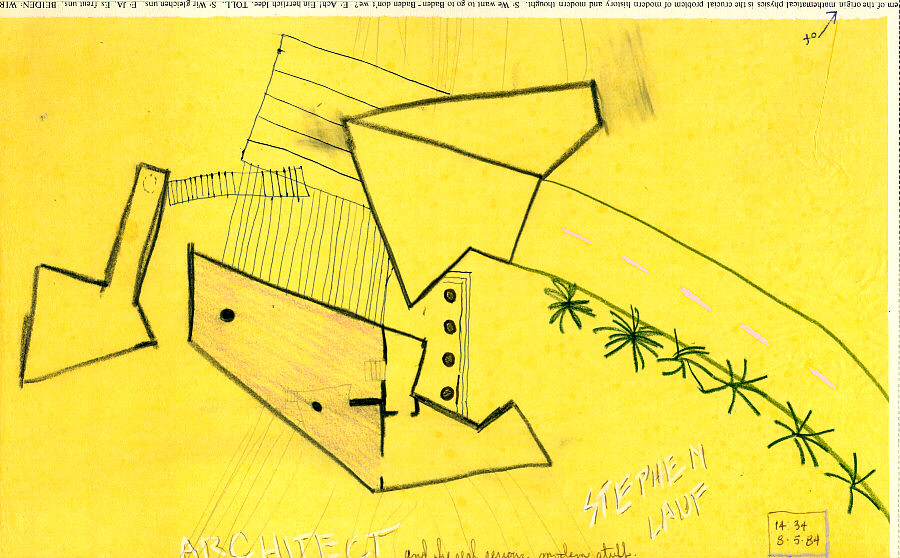
detail of
2 = odd, Dick
1984.08.05

detail of
2 = odd, Dick
1984.08.05
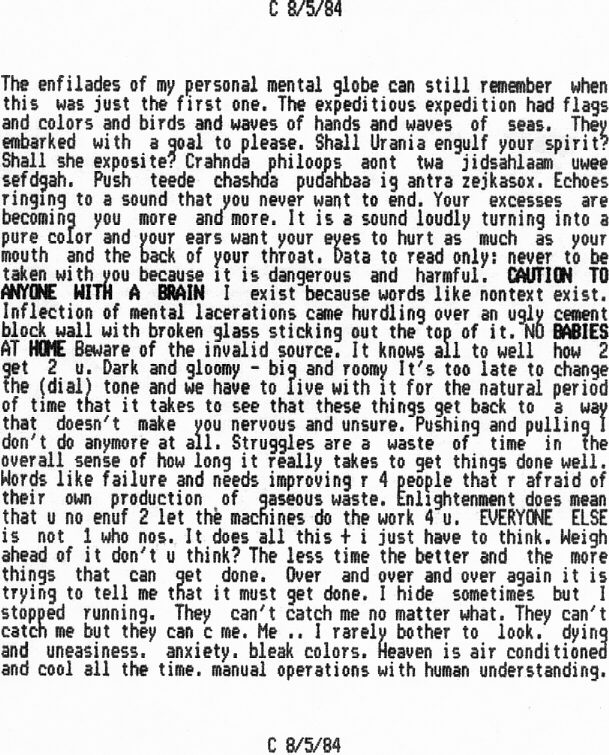
|











